The War Against Toenail Fungus
Ah, toenail fungus – the nemesis of pristine feet! If you’ve ever battled this bothersome condition, you know how stubborn and relentless it can be. Fear not, fellow warriors, for I bring tidings of hope in the form of a potent ally from Mother Nature’s arsenal: oregano oil. Harnessing the power of oregano oil can be a game-changer in your fight against toenail fungus. Today, I’m going to guide you through the art of diluting oregano oil effectively to unleash its full potential in conquering this invader!
Section 1: Understanding the Power of Oregano Oil
Before we delve into the art of dilution, let’s explore the impressive capabilities of oregano oil. Derived from the leaves of the oregano plant, this essential oil boasts powerful antifungal and antimicrobial properties. Carvacrol, one of its main active components, is the superstar responsible for battling those stubborn fungi that wreak havoc on our toenails. With the right dilution, oregano oil becomes a potent ally in our quest for healthy and beautiful nails.
Section 2: Preparing for Battle – What You’ll Need
Gather your supplies, brave warriors! To prepare the diluted oregano oil, you’ll need:
1. High-quality oregano essential oil: Look for a pure and organic oil to ensure maximum potency and efficacy.
2. Carrier oil: Choose a mild carrier oil like coconut oil, olive oil, or sweet
3. A clean, dark glass dropper bottle: This will protect the oil from light and maintain its integrity.
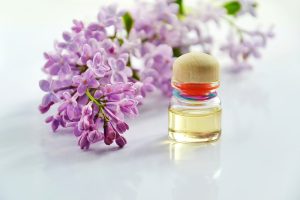
Section 3: The Art of Dilution
Now, let’s dive into the heart of the matter – the art of diluting oregano oil for safe and effective use on your toenails.
Step 1: Determine the Dilution Ratio
Oregano oil is potent, so using it undiluted can lead to skin irritation. As a general rule of thumb, for topical use on the skin, aim for a 1% to 2% dilution rate. For every teaspoon (5 mL) of carrier oil, add 1 to 2 drops of oregano oil.
Step 2: Perform a Patch Test
Before applying the diluted oregano oil to your entire toenail, it’s essential to perform a patch test. Apply a small amount of the diluted mixture to your forearm and wait for 24 hours. If there’s no redness, itching, or irritation, you’re good to go!
Step 3: Ready, Set, Dilute!
With the patch test passed, it’s time to create your potent mixture. In your dark glass dropper bottle, combine the carrier oil and the oregano oil according to the desired dilution rate.

Section 4: Battle Strategies – Applying Diluted Oregano Oil
Congratulations, you now have your very own diluted oregano oil potion! But how do you use it effectively against toenail fungus? Let’s find out.
Strategy 1: The Soak
For an all-out attack on the fungal invaders, create an oregano oil soak. Add a few drops of your diluted mixture to a basin of warm water. Soak your feet for 15-20 minutes, allowing the potent blend to penetrate the affected nails.
Strategy 2: The Topical Application
For a more targeted approach, use a cotton ball or swab to apply the diluted oregano oil directly to the affected nails. Gently massage the oil into the nail and surrounding skin, ensuring it gets absorbed.
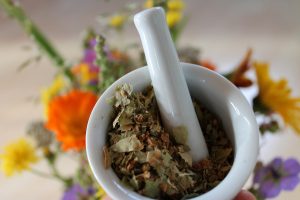
Section 5: Consistency Wins the War
Now, listen up! Consistency is key in winning this war against toenail fungus. Rome wasn’t built in a day, and neither will your healthy nails be. Apply the diluted oregano oil to the affected area twice daily for several weeks, even after the visible signs of fungus disappear. This will ensure any hidden traces of the fungus are eradicated completely.
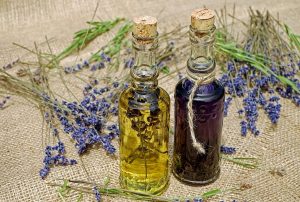
Section 6: The Controversy – Why I Recommend ZetaClear
Hold on, I know what you’re thinking – wasn’t this article about diluting oregano oil? Indeed, it is. But let me share a controversial opinion: while oregano oil is a formidable weapon in the battle against toenail fungus, it’s not a standalone solution. That’s where ZetaClear comes into play!
ZetaClear is an all-natural, topical treatment designed specifically to combat stubborn nail fungus. It combines potent antifungal ingredients like
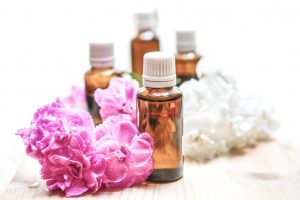
Stand Victorious Against Toenail Fungus
There you have it, warriors – the art of diluting oregano oil and wielding it as a potent weapon against toenail fungus. By harnessing the natural power of oregano oil and combining it with ZetaClear, you’re arming yourself with a formidable force to stand victorious against this pesky invader.
Remember, perseverance and consistency are key. Keep up the battle until your nails are restored to their former glory. For more information on ZetaClear and its powerful effects, visit their website and embark on your journey to healthy, fungus-free toenails!
Now, go forth and conquer, brave warriors! Your victory over toenail fungus awaits!
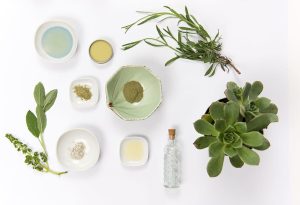
Here is a table of conditions that can be treated with oregano oil and other compounds that can also be used:







